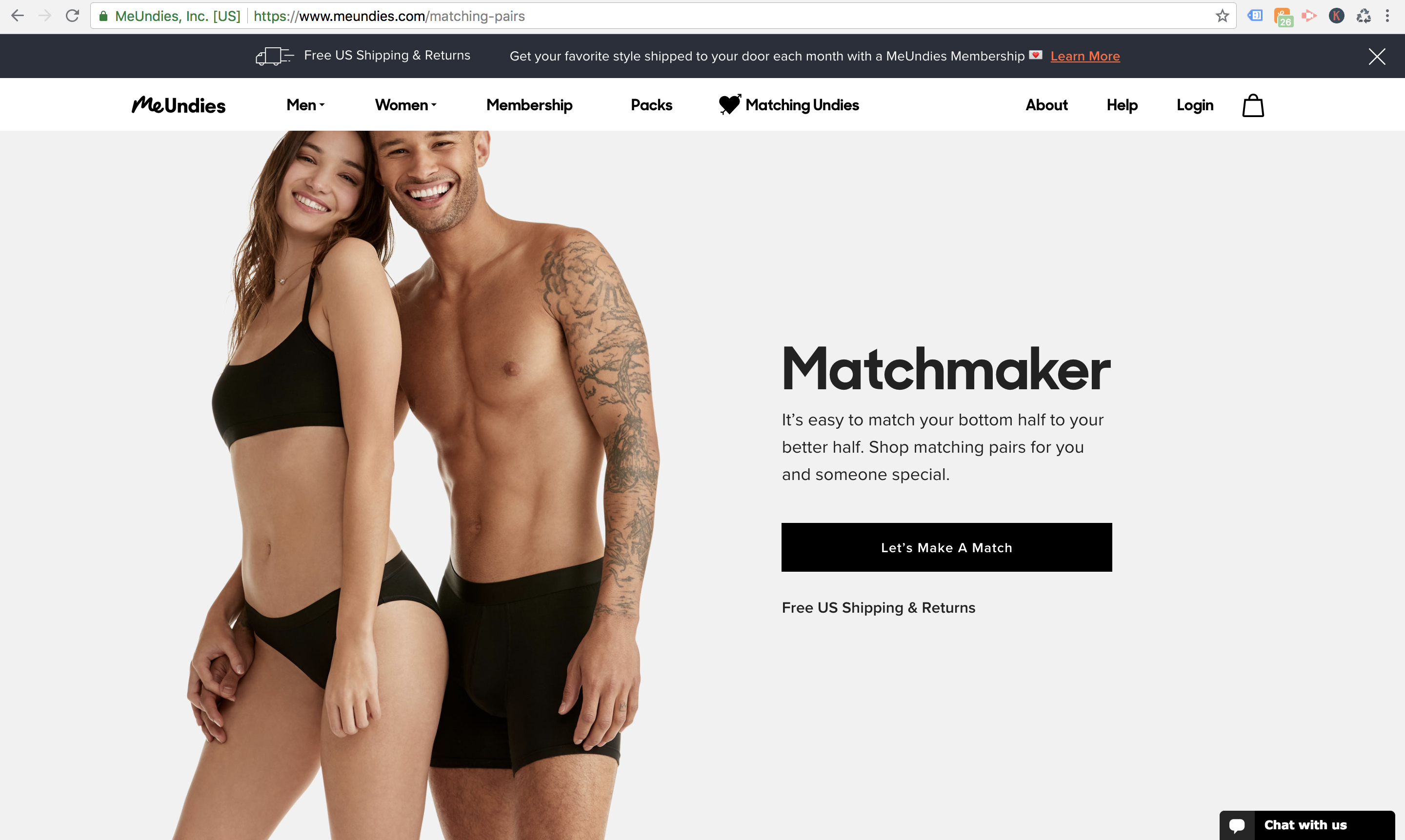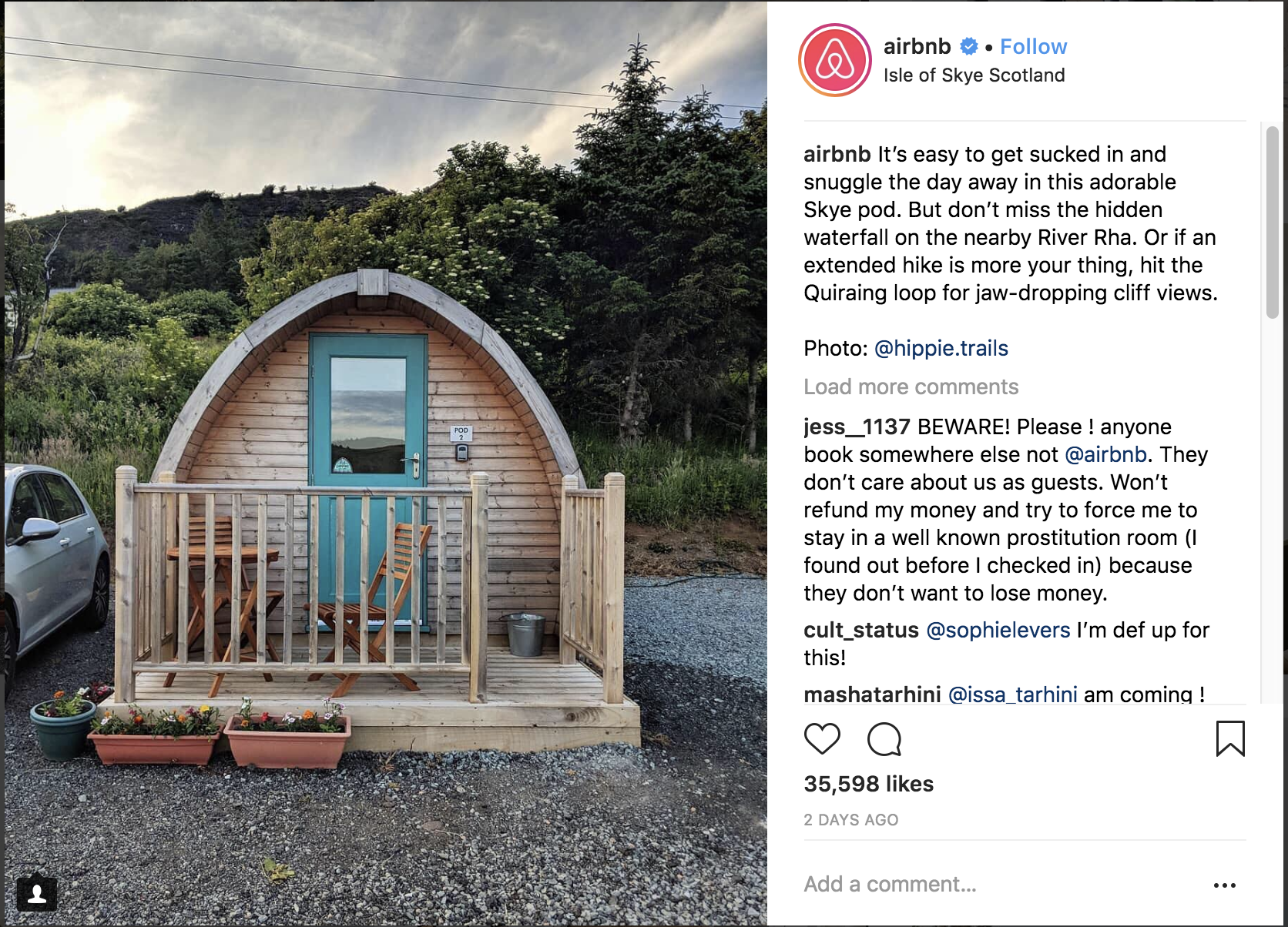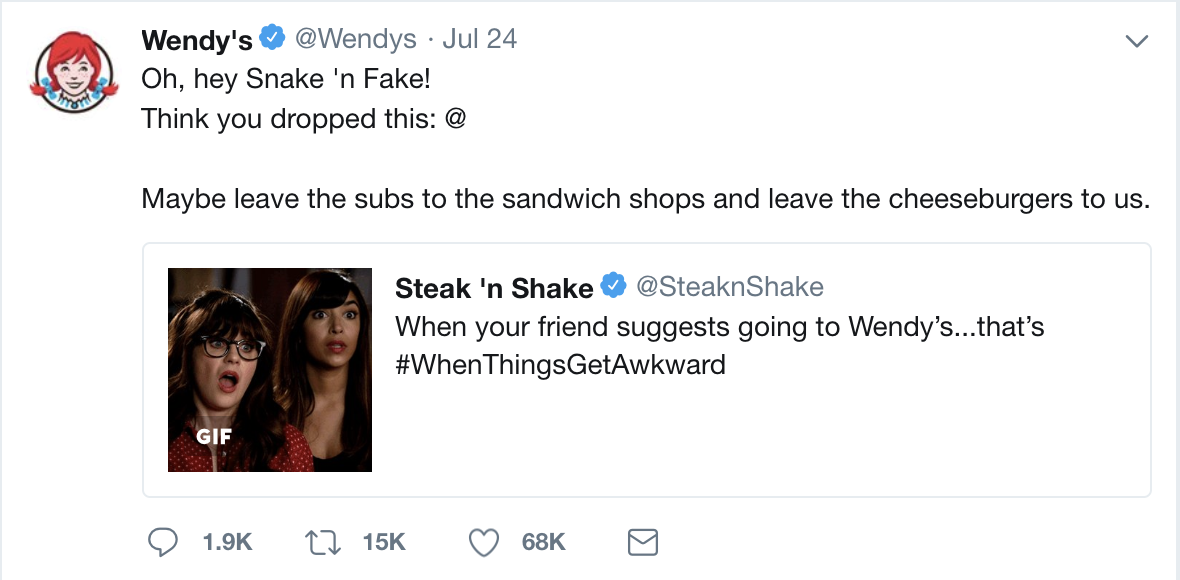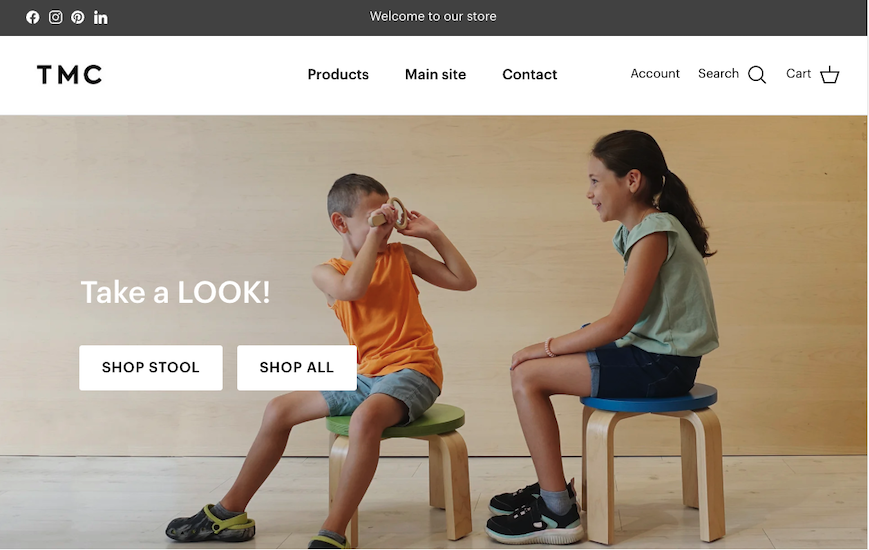
Happy Holidays, everyone! As a group of client-focused strategists, the mere mention of “Christmas” immediately sends the shivers of the holiday shopping season through our sugar-coursed veins. And I know, I know: it’s never too early to start planning. If you strategized for an eCommerce store, the holiday season is, or should be, the rock to which you hold – for your figurative life.
It’s at this point in the year that we are able to look at the high level trends that we can employ (or destroy) for the coming holiday season. We took a deep dive into the analytics and did a little research. Here are a few key recommendations for you as you start to formulate your holiday marketing plan.
1. Incisive & Direct Targeting
Cannibalization of keywords has a significant impact on organic health, and thus, your revenue. But it’s certainly not the only common mistake you may be making in your keyword selection.
According to Forbes, campaigns that are most successful are ones that are hyper-focused. This should be reflected in every component of your marketing strategy – from keywords to content.

Consider the smaller picture. If you own a children’s toy store, you’re going to have to corner a pretty specific market to compete with big businesses like Target and Wal-Mart. Targeting broad audiences will dump your ads into a pond filled with thousands of identical (and sometimes much bigger) fish. So find your niche.
One of the most notable eCommerce industries of late is the monthly subscription clothing service – and each successful example targets a specific audience to fill a niche within the bigger picture. Be it plus-size, runway, budget-friendly, or socially responsible, there is a monthly clothing subscription company that is going to meet what the user is looking for. Want to receive matching undies for you and your beau every month? It exists. And if that isn’t a niche audience, I don’t know what is.
2. Social Media, Social Media, Social Media
Here are the basics: if you sell online, your customers are looking for you on social media. Period. More than 73 percent of users on social networking platforms will follow a brand because they are interested in the product or service advertised, according to an article recently published by Sprout Social. It’s pretty simple: with 214 billion active U.S. Facebook users, three-quarters of which are following brands for updates, discounts, and engagement opportunities, not maintaining a presence means that you are selling yourself short. 
Almost every list you will find of brands killing it on social media includes AirBnB. And for good reason. This growing online marketplace maintains a stellar Instagram and Facebook presence, and is now the second-most-valuable US tech startup, worth $30 billion. AirBnB posts unique content to Instagram a minimum of once a day and focuses on the user experience. Another pro tip to carry in your pocket: Focus on the user, not the brand.
And while doing social media right can be quite time-consuming – writing unique content, creating engaging images and video, engaging with users – it’s worth the investment in brand equity alone. Brand awareness is vital, as is credibility – something that your eCommerce store is provided through successful social media engagement, posting and advertising. But only if you follow tip #3.
3. Using Your Brand Voice
You know your business better than anyone. If you’re not reaching your audience, it’s probably because your ads sound like an advertiser, or like your five-year-old wrote them. Take the time to identify who you are as a brand. What makes you different? What should compel a person to buy your product? And how are you going to communicate that in a way that makes people pay attention? Ads that speak in a unique voice with compelling content are more likely to engage. Don’t know where to start? Here are 5 steps to defining your brand voice from Content Marketing Institute.

My favorite example of this is Wendy’s epic, savage social media presence and its capturing of the hearts of their audience. If you haven’t heard of the on-going Wendy’s v. the world Twitter feud, well, then our lives are way better than yours.
Grab your graham crackers, friends, because these poor fellas are roasted. Maybe your brand didn’t buy its pants from that sassy store. And maybe this type of tone simply wouldn’t match. If you own a webstore for quilting supplies, I can’t imagine Martha of Salt Lake City would find this sarcastic, witty, heat amusing. But the point is that no matter your product, you can have a unique voice and communicate it in your content. Without it, users are less likely to become customers.
So Basically
The Q4 marketing strategy of your eCommerce business needs to be thought-out and crafted. Establish goals and KPIs that are obtainable and reflect the direction of your business. Take some time to go through your analytics from last year’s holiday season and learn from them. Establish your target audience, write and create content that speaks to them in a voice reflective of your brand, then cross your fingers and do a sales dance for the marketing gods. We’ll be doing it, too.
Here at Human Element, we take every opportunity that we can to celebrate. It tends to happen rather organically when you enjoy showing up to work every day – and the marketing team is practically the “Human Element cheer squad” without the systemic misogyny. We are amped. And one of the best parts of our day-to-day functions as the agency team is watching, and helping, clients succeed.



